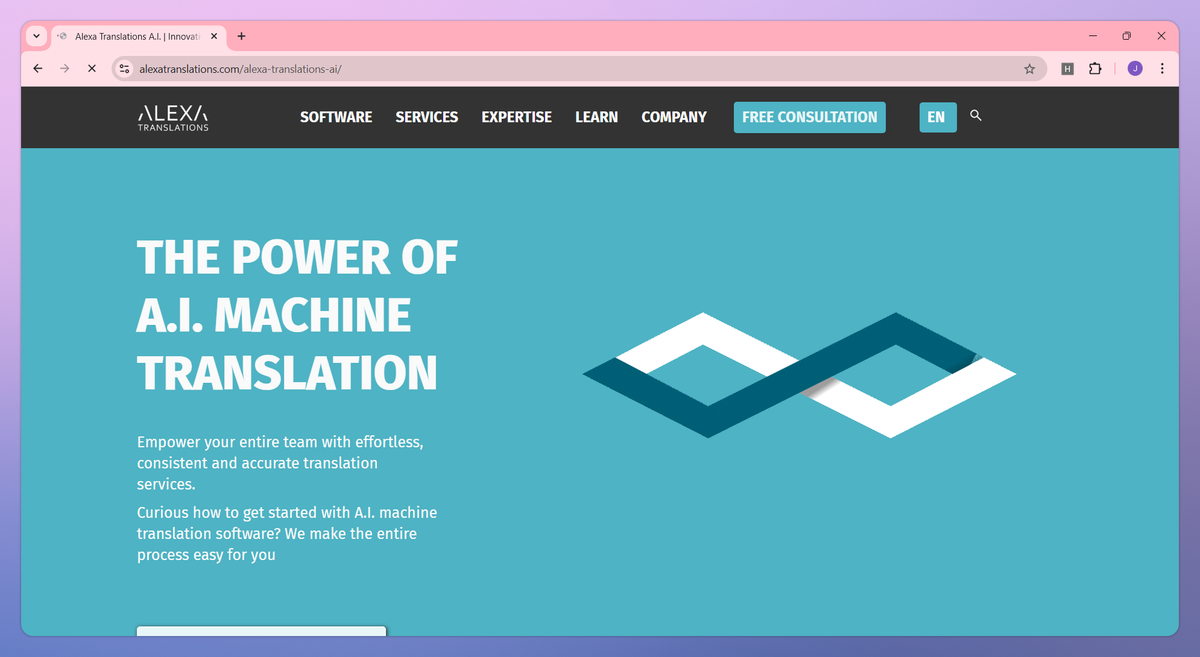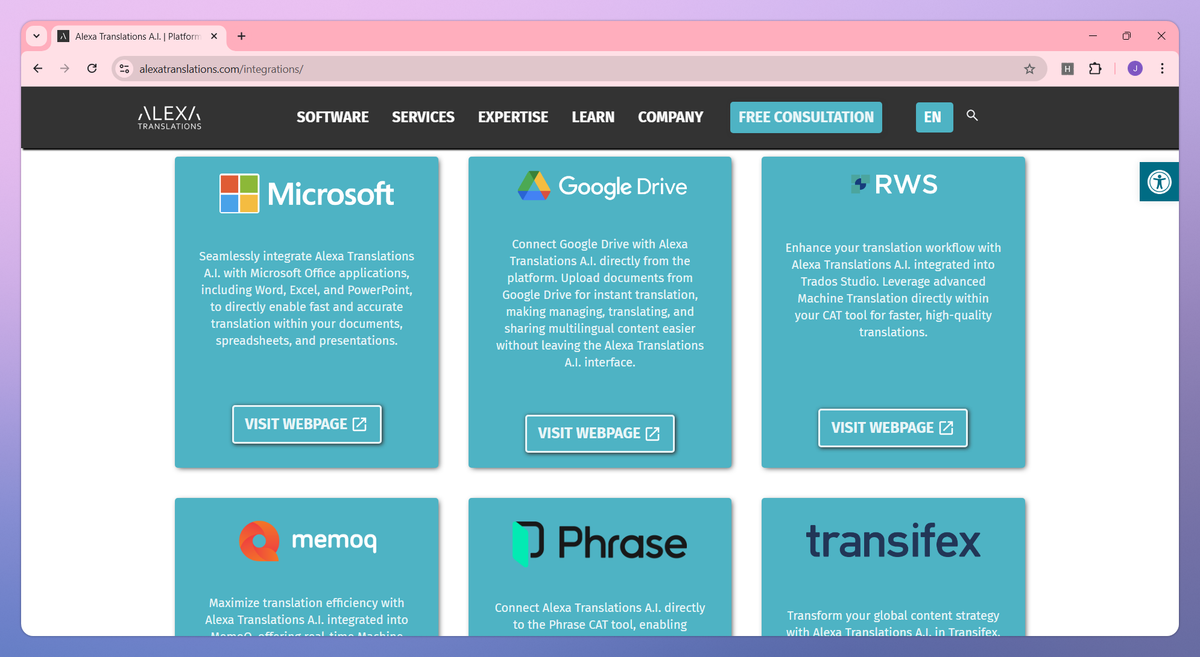


What is Alexa Translations A.I.?
Alexa Translations A.I. is an artificial intelligence translation platform designed for professional document translation across multiple languages. It processes legal contracts, financial reports, and technical documentation while preserving context and terminology accuracy to help translators, legal professionals, and international business teams deliver precise multilingual communications.
What sets Alexa Translations A.I. apart?
Alexa Translations A.I. sets itself apart with its industry-trained neural networks that understand sector-specific jargon and regulatory requirements across finance, law, and healthcare domains. This specialized knowledge proves beneficial for compliance officers and multinational corporations who need translations that meet strict regulatory standards and industry protocols. The platform's focus on domain expertise rather than generic translation gives organizations confidence in their cross-border communications.
Alexa Translations A.I. Use Cases
- Legal document translation
- Business contract localization
- Technical manual translation
- Financial report translation
- Real-time multilingual communication
Who uses Alexa Translations A.I.?
Features and Benefits
- Specializes in translating complex legal and financial documents with industry-specific terminology.
Legal and Financial Translation
- Translates content across multiple languages including English, French, Spanish, Italian, German, Portuguese, and Chinese.
Multiple Language Support
- Accesses translations through a secure cloud-based platform that protects sensitive information.
Secure Cloud-Based Platform
- Combines machine translation with human review to ensure accuracy and context-appropriate translations.
Human-in-the-Loop Review
- Uses specialized neural networks trained on legal and financial content for more precise translations than general-purpose tools.
Domain-Specific Neural Networks
Alexa Translations A.I. Pros and Cons
Delivers highly accurate translations, particularly for legal and financial documents
Significantly faster than traditional translation methods, saving users considerable time
Very easy to use and integrate into existing workflows
Provides excellent customer support with responsive and knowledgeable staff
Allows customization and training using organization-specific data for improved results
Maintains document security and confidentiality during translation processes
Struggles with complex idiomatic expressions and cultural nuances
Translations can feel mechanical and lack human-like natural flow
Supports fewer languages compared to some competing platforms
Interface design needs improvement for better user experience
Can be expensive for smaller teams and organizations








